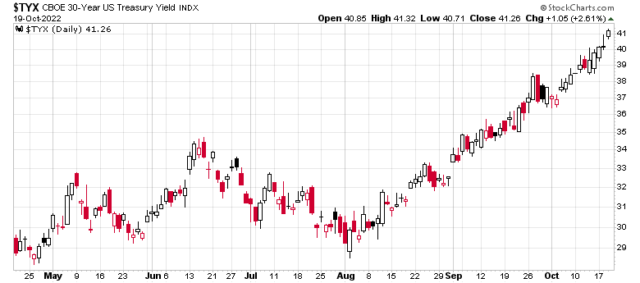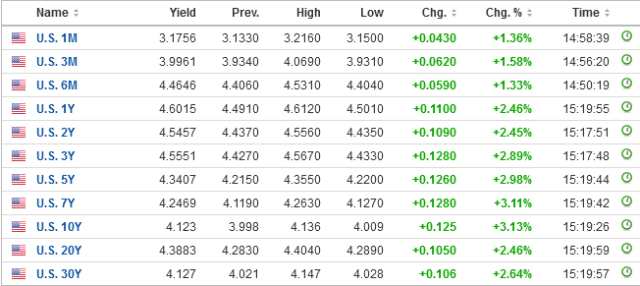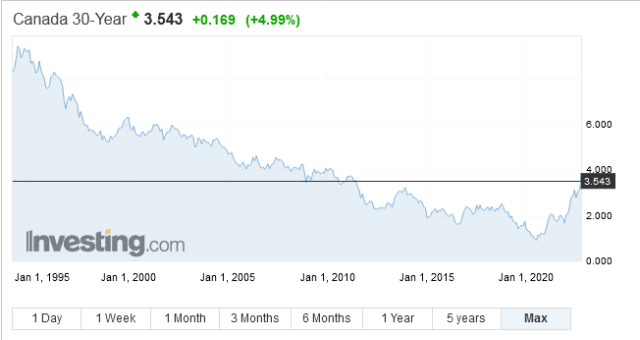Teck (TSX: TECK.A/B) had some interesting news yesterday – they dumped their 21% interest in the Fort Hills oil sands project for $1 billion to Suncor (the majority owner and operator), and they also released their quarterly report.
The Fort Hills project was the black sheep of Teck, primarily because it goes against their “wokeist” image they are trying to project and is clearly not in their strategic mandate to be a lead producer of “low carbon metals” (aren’t all metals non-carbon?). Once the Frontier Oil Sands project was shelved, pretty much the days were numbered for the Fort Hills division.
For Q3, Teck’s share of the project was 37,736 barrels of oil a day, and the consolidated project is 180,000 barrels – not a trivial size.
The project historically has been plagued by operational issues and, in my quick evaluation, the deal is good for both Teck (who wanted to get out) and Suncor (who is likely to consolidate 100% of the project in the near future). The Frontier project might get revived in a future decade when regulatory concerns get alleviated, but I would not hold your breath.
Of note is that both companies (Teck and Suncor) will be taking non-cash accounting losses on the disposition – in Teck’s case, the amount of capital dumped onto the project is less than the amount that they were able to get back from it with this disposition. The impairment charge on the books was $952 million. The conference call transcript indicated there was a ‘small capital loss’ on the transaction.
Teck’s major project in the works is the QB2 copper mine in Chile. One reason why their stock had a tepid response to the quarterly report is because of the usual announcements of delays and construction cost escalation, coupled with a decreased expectation for production in 2023. However, this is yet another sign that one cannot click a few buttons on Amazon and expect a mine to start producing – the scale and scope of these projects is gigantic and this one has taken about 5 years to get going from the “go-ahead” decision to when things will be materially completed. If this decision was pursued today, the costs would likely be even higher (not to mention the regulatory climate would be even worse than it is today).
QB2 is the example of their “low carbon metals” strategy, where apparently they can be dug up from the ground without emitting carbon, but I digress. The “to-go” capital expenditure on QB2 is anticipated to be US$1.5-$1.9 billion from October 1, and once this is completed, Teck will be a free cash flow machine barring some sort of total collapse in the copper market (beyond the 30% drop from half a year ago).
The balance sheet is very well positioned, with $2.6 billion in cash and no major debt maturities until 2030 other than a US$108 million bond due February 2023, which they can easily pay off. As a result, Teck will be in a position to either buy back stock or issue increased dividends later in 2023.
But the focus of this post isn’t about QB2 or Teck’s future prospects, it is about their metallurgical coal operation.
Their met coal operation generated $1.24 billion in gross profits in Q3, and $5.55 billion year-to-date. It is single-handedly the reason why Teck is in such a fortunate financial position to be able to dither on QB2 and not get terribly concerned about it.
However, it flies in the face of their “low carbon metals” strategy and this reminds me of last year’s article which rumoured that Teck was looking at getting rid of, or spinning off their met coal operation.
My question is still the same – who would buy this? It is making so much money that even if you paid 2x annualized gross profits (an incredibly generous low multiple), somebody would still need to cough up $15 billion to buy the operation. This puts pretty much every coal operator out there except for the super-majors (like Glencore) out of the picture.
However, if Teck were to dispose of the coal unit, it would likely be in conjunction with a significant distribution to shareholders – a $15 billion sale would result in roughly a $22/share distribution, assuming a 25% tax rate (the actual tax paid will likely be less since Teck’s cost basis will be considerably higher from the Fording Coal acquisition). At a zero-tax rate, that would be roughly $29/share.
However, a giveaway is the non-answer during the conference call:
Orest Wowkodaw
Analyst, Scotia Capital, Inc.
Hi. Thank you. Jonathan, your number two priority seems to be rebalancing the portfolio to low carbon metals. I’m wondering if that if your strategy there is solely around growing the copper business and i.e. diluting the coal business, or do you see the potential for accelerating that transformation perhaps by either divesting some of the coal business?
Jonathan Price
Chief Executive Officer & Director, Teck Resources Limited
Yeah. Hi, Orest, and thanks for the question. There’s a number of approaches that we’ve been taking to that. The first as you’ve seen overnight is the announced divestments of Fort Hills. Clearly oil sands carbon, an opportunity there to reduce weight in the portfolio through that divestment, something we’re very pleased to have agreed and have gotten away.
Secondly, as you highlight really the key approach for us is the growth around copper with the doubling of copper production as we bring QB2 online next year. And then with the projects I mentioned being new range being San Nicolás being the QB mill expansion all bring more copper units into the portfolio which further swing us towards green metals and away from carbon. As we’ve said before, we’ll always remain very active and thoughtful in reviewing the shape of the portfolio and the composition of our portfolio. But right now those factors I’ve mentioned are the key execution priorities and that’s what the team is focused on. And that’s what we’re gearing up to deliver.
I’m pretty sure reading between the lines that they are, at the minimum, thinking of doing this. But who in their right mind would buy such an operation in a very hostile jurisdiction?



